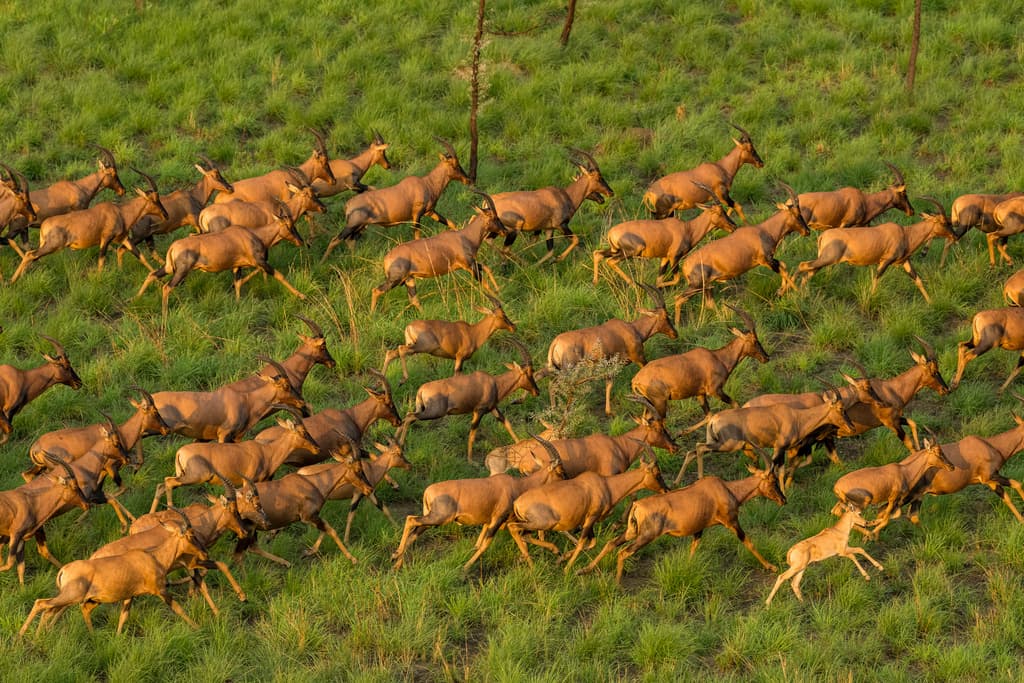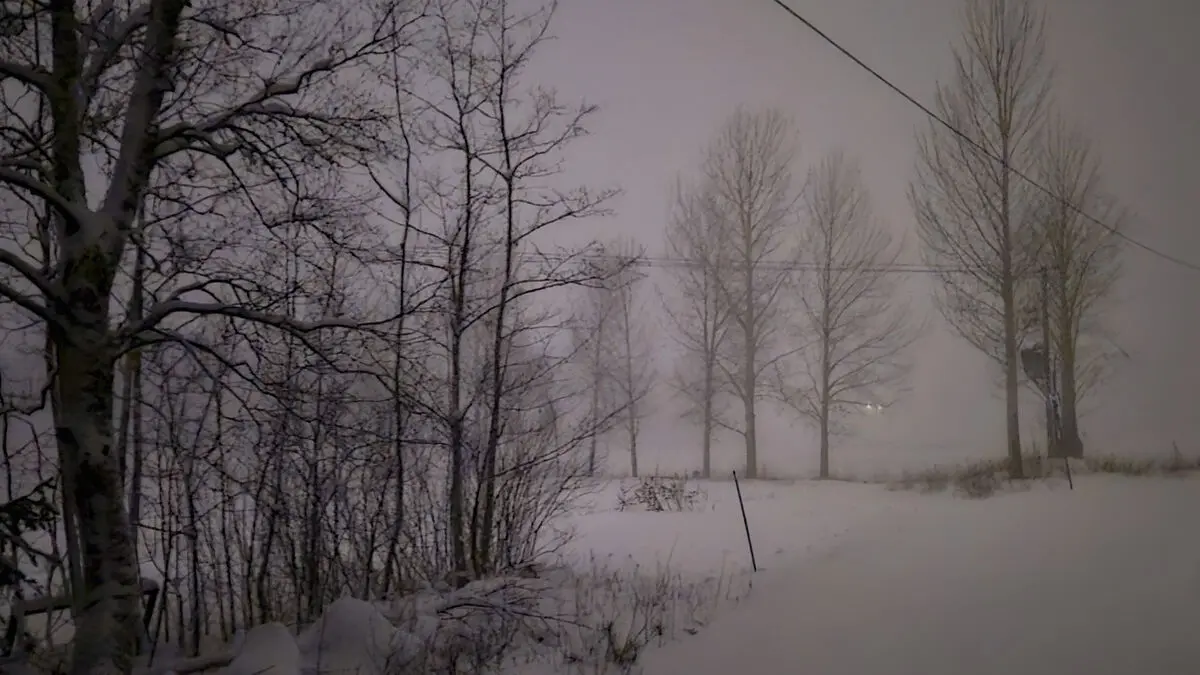Inventories of the savannas in eastern South Sudan have revealed the presence of the largest gathering of large mammals in the world. In total, researchers have counted six million antelopes belonging to four different species.
The time for surprising discoveries is not over. The fact that such an enormous number of large animals has been able to remain unknown is highly remarkable, but reflects the fact that South Sudan still harbors vast wilderness areas that have not been strongly affected by humans.
The area inventoried is large, nearly 123,000 square kilometers, and stretches between the Nile and the Ethiopian highlands. The antelopes migrate every year back and forth between places where they spend the dry season and places where they stay during the rainy season.
The most common species is the white-eared kob, whose population has been estimated at 5.1 million (!) individuals. This is followed by the Mongalla gazelle (350,000), the lyre antelope (300,000), and the reedbuck (160,000).
"Astonishing"
The researchers, who counted the animals from the air in April and May using special cameras, are themselves astonished. They had feared that many of the animals would have fallen prey to poachers.
The result of the inventory is nothing short of astonishing, says Peter Fearnhead, head of African Parks, an international nature conservation organization that works to preserve national parks and other areas in Africa.
David Simpson, another employee of the organization, adds:
We flew for the first 30 to 40 minutes and saw nothing. I thought: "It's over. Maybe the wild animals have already disappeared". But then an antelope appeared, two, three, four. Then hundreds, then thousands, then tens of thousands, and hundreds of thousands.
Lions and Leopards
The number of migrating antelopes, six million, is the largest gathering on earth. In Serengeti and Masai Mara in Tanzania and Kenya, there are around 2.5 million large mammals, which many have believed to be the absolute record, but now South Sudan is number one on the list.
However, poachers have caused significant damage to other species than the migrating animals. Stationary species such as buffalo and horse antelope have decreased dramatically. Even zebras have become rare.
On the other hand, the large predators seem to have fared relatively well. Lions are reported to be common, as are hyenas and leopards.
The great challenge will be to preserve as much as possible of the fantastic fauna, while meeting the needs of the population.
South Sudan is the world's youngest nation. The country became independent in 2011 when what was previously Sudan was divided into two parts after many decades of war between the two parts.
The country is characterized by the Nile, whose surrounding wetlands cover enormous areas.
The population, approximately eleven million people, consists mainly of Nilotic ethnic groups. The largest is called Dinka.
Source: NE





